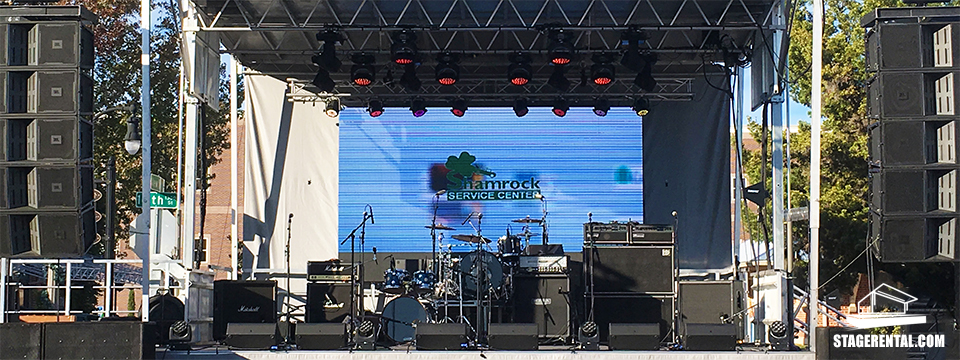Mastering Color Accuracy in Light Emitting Diode Wall Adjustment for Stunning Visual Presentations
Mastering Color Accuracy in Light Emitting Diode Wall Adjustment for Stunning Visual Presentations
Blog Article
Hue accuracy is essential for creating stunning visual displays, especially when employing LED screens. These massive displays are frequently found in locations like concert venues, sports arenas, and advertising billboards. When the colors on an LED wall are not correct, the visuals can look dull or distorted, which can affect the total impression for audiences. Therefore, perfecting color precision in LED wall calibration is crucial for achieving vibrant and realistic images.
The initial step in guaranteeing color precision is understanding how LED systems works. LEDs, or light-producing diodes, generate light in various colors by combining red, green, and blue (RGB) light. Each dot on an LED screen is made up of these three hues. When tuned correctly, the combination of RGB can create a broad range of hues. However, if one hue is too bright or too dim, it can throw off the whole screen. This is why calibration is necessary to balance the hues and achieve the intended visual effect.
Tuning entails adjusting the configurations of the LED wall to make sure that the hues displayed correspond the original material as nearby as possible. This procedure typically involves using specialized software and hardware instruments. Technicians frequently use color measurement devices, such as spectrophotometers, to examine the colors being shown. By comparing additional info the assessed colors to benchmark color standards, they can make precise modifications. This guarantees that the colors are not only lively but also consistent across the whole screen.
Another crucial aspect of color accuracy is comprehending the environment in which the LED screen is used. Elements such as ambient light can significantly impact how hues appear. For instance, a brightly illuminated room may wash out hues, making them look less lively. To counteract this, technicians may modify the luminosity and contrast configurations of the LED screen. Additionally, they may choose particular color profiles that are more suited for various lighting environments. This adaptability helps preserve color accuracy irrespective of the viewing surroundings.
Finally, regular upkeep and re-tuning are essential for maintaining an LED screen looking its best. Over time, the performance of LEDs can alter due to elements like aging and heat fluctuations. Frequent checks and modifications can help guarantee that the colors stay accurate and lively. By investing time in appropriate tuning and maintenance, venues can offer viewers with stunning graphic presentations that enhance their total experience. Mastering color precision in LED wall calibration is not just a mechanical task; it is an art that adds to the magic of visual narration.